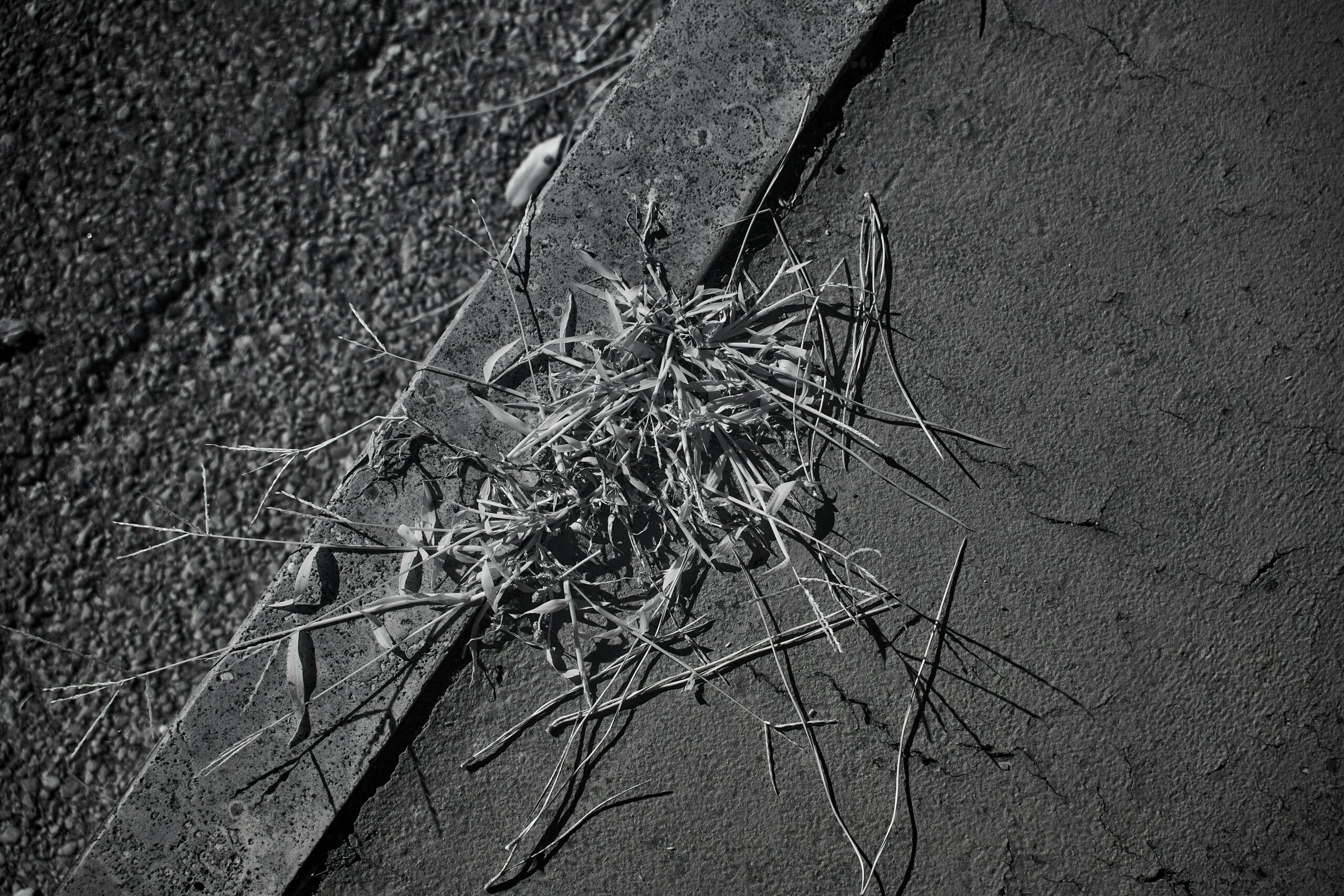Imagine stumbling upon a century-old skeleton or a forgotten set of bones in a remote forest. How do experts unravel the story hidden within those silent remains? Welcome to the fascinating world of forensic anthropology, where science and detective work collide to unlock the secrets of identity. This captivating field uses the clues etched in bone to name victims, solve mysteries, and bring closure to families. In this article, we’ll dive into the intriguing methods forensic anthropologists use to identify those who can no longer speak for themselves. Ready to uncover the secrets that bones hold? Let’s get started!
Table of Contents
- The Science Behind Bones Decoding Clues From the Human Skeleton
- Unraveling Mysteries Through Dental Records and DNA Analysis
- The Role of Forensic Anthropology in Cold Case Investigations
- Tips for Aspiring Forensic Anthropologists and What to Expect in the Field
- In Retrospect
The Science Behind Bones Decoding Clues From the Human Skeleton
Every bone in the human skeleton tells a story, acting as a biological archive that forensic anthropologists meticulously read to piece together a person’s identity. From the shape of the pelvis to the robustness of the femur, experts decode a host of clues that reveal age, sex, stature, and sometimes even the individual’s lifestyle or cause of death. Through advanced techniques such as isotopic analysis and DNA extraction from bone marrow, these silent witnesses divulge secrets hidden beneath the surface for years or even centuries.
In unraveling these mysteries, forensic professionals rely on a combination of observational expertise and cutting-edge technology. Key bone features often analyzed include:
- Cranial Sutures: Evaluating closure patterns to estimate age.
- Dental Wear and Formation: Providing insights into diet and approximate age.
- Bone Density and Porosity: Clues towards health conditions or osteoporosis.
Each fragment, no matter how small, becomes a part of an intricate puzzle, allowing forensic anthropologists to unlock not only who the person was, but sometimes also the circumstances surrounding their final moments. It’s a fascinating convergence of science and storytelling that breathes life back into silent bones.
Unraveling Mysteries Through Dental Records and DNA Analysis
When traditional identification methods fall short, forensic experts turn to the resilience of dental records and the precision of DNA analysis to unlock secrets buried beneath the surface. Teeth, often surviving environmental extremes that destroy other tissues, serve as biological archives, preserving unique dental restorations, bite patterns, and enamel characteristics. By meticulously comparing postmortem dental impressions with ante-mortem records, investigators can rapidly narrow down the list of possible identities, transforming anonymous remains into stories waiting to be told. This approach not only aids in victim identification but also provides invaluable leads in criminal investigations, offering closure where uncertainty once prevailed.
Complementing dental analysis, DNA testing offers another layer of certainty, especially when physical features are compromised. Through cutting-edge techniques, such as mitochondrial DNA sequencing and nuclear DNA profiling, forensic scientists can retrieve genetic fingerprints from the tiniest fragments of bone or tissue. The process involves:
- Extraction and purification: Isolating DNA from challenging samples.
- Amplification: Using polymerase chain reactions (PCR) to generate ample genetic material.
- Comparison: Matching genetic profiles with familial databases or missing persons’ samples.
Together, dental records and DNA create a powerful synergy, where the permanence of teeth meets the uniqueness of genetic codes, illuminating identities hidden in silence.
The Role of Forensic Anthropology in Cold Case Investigations
When years have passed and evidence has long grown cold, forensic anthropology steps in as a beacon of hope to unravel mysteries concealed within skeletal remains. Through meticulous analysis of bones, these experts can reconstruct identities and provide crucial information such as age, sex, ancestry, and stature—details that breathe life into otherwise silent victims. Not just about identification, the subtle clues embedded in bone trauma reveal the circumstances of death, enabling investigators to piece together how events unfolded, often transforming cold cases into solvable puzzles.
Utilizing advanced imaging techniques and comparative anatomy, forensic anthropologists collaborate closely with law enforcement to amplify investigative efforts. Their work often involves:
- Examining bone pathology: To detect signs of disease or injury that can link individuals to missing persons reports.
- Facial reconstruction: Creating lifelike models from skulls to help witnesses or families recognize the deceased.
- Collaborating with DNA analysts: Extracting genetic material from bones to confirm identities where traditional means fall short.
In essence, these scientists serve as the final storytellers for victims whose stories were left untold, turning whispers of the past into tangible answers for the living.
Tips for Aspiring Forensic Anthropologists and What to Expect in the Field
Stepping into the shoes of a forensic anthropologist means embracing a career that blends science with keen observation and a profound respect for human history. To thrive in this field, it’s essential to develop a strong foundation in biological sciences while honing meticulous attention to detail. Patience and persistence often prove just as crucial as technical skills, especially when piecing together fragmented skeletal remains. Aspiring professionals should focus on building a diverse skill set that includes forensic archaeology, osteology, and proficiency with the latest technology, such as 3D imaging and DNA analysis. Building relationships with forensic pathologists, law enforcement, and legal experts also prepares one for the multidisciplinary nature of their future work.
Expect a career filled with both challenges and profound revelations. Working environments can range from crime scenes to laboratories, often requiring adaptability and resilience under emotionally charged circumstances. Forensic anthropology isn’t just about bones; it’s about telling stories that might otherwise remain silent. Some key aspects to keep in mind include:
- Emotional strength — being prepared to handle delicate and sometimes distressing cases with professionalism.
- Ongoing learning — the field evolves rapidly, making continuous education crucial.
- Collaboration skills — working closely with legal systems, scientists, and families to ensure accurate identifications.
In Retrospect
As we peel back the layers of mystery surrounding unidentified remains, forensic anthropology stands as a remarkable key—unlocking stories etched in bone and revealing truths hidden beneath the surface. Each discovery is a testament to science’s power to bring closure to families and justice to the unknown. The next time you hear about a skeletal identification, remember the incredible journey from silent fragments to named individuals, made possible by the curious minds and compassionate hearts in this fascinating field. There’s still so much to uncover, and who knows what secrets the bones will tell next? Stay curious!












